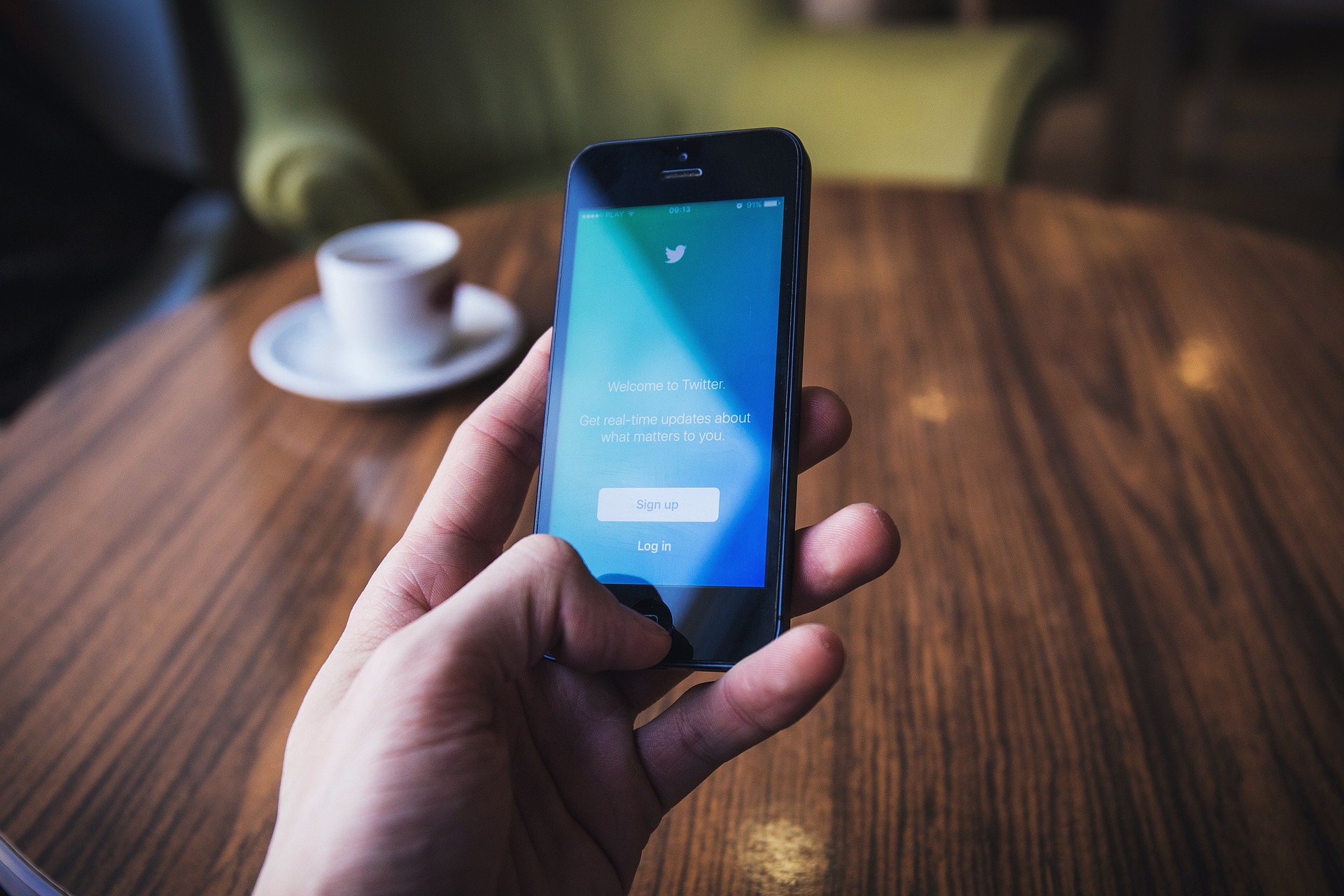4 easy ways to reduce your data usage
Try the opt-in approach to save big
Advertisement
Try the opt-in approach to save big
 Smartphones are ultra-capable devices that have proven to be extremely useful when you’re out and need to send an email or download a presentation without access to a computer. Being connected on the go is a must and while some may rely on free Wifi hotspots, most phone users have data plans that offer 3G or LTE service ranging from 100 megabytes a month to a more robust (and pricier) 10 gigabyte bandwidth. There are plenty of data plan deals out there but no matter what you choose, it’s important to stay within your bandwidth limit—otherwise your next monthly phone bill may be several dollars more than you expected. Here are four ways to keep your data usage in check.
Smartphones are ultra-capable devices that have proven to be extremely useful when you’re out and need to send an email or download a presentation without access to a computer. Being connected on the go is a must and while some may rely on free Wifi hotspots, most phone users have data plans that offer 3G or LTE service ranging from 100 megabytes a month to a more robust (and pricier) 10 gigabyte bandwidth. There are plenty of data plan deals out there but no matter what you choose, it’s important to stay within your bandwidth limit—otherwise your next monthly phone bill may be several dollars more than you expected. Here are four ways to keep your data usage in check.
Share this article Share on Facebook Share on Twitter Share on Linkedin Share on Reddit Share on Email